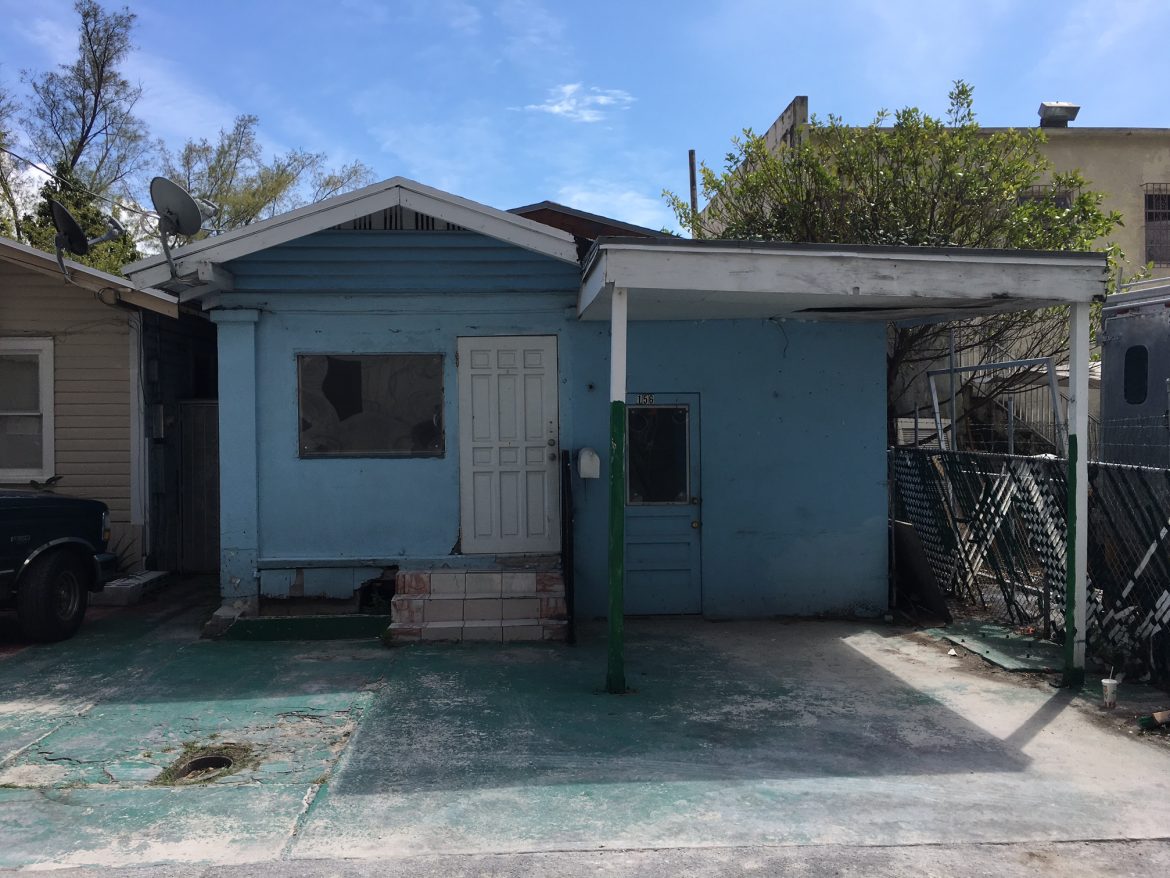
For the past several years, healthcare operators have spread out ancillary services, like dialysis and oncology. Now, healthcare providers are returning to the campus model, consolidating services in a medical campus setting. Rising demand for these services and a customer preference to the campus model is fueling the new trend.
“The expansion has been fueled by the demand of the healthcare consumers to have their healthcare services located near their homes,” Bryan Lewitt, managing director at JLL, tells GlobeSt.com. “In most cases healthcare consumers do not live close to the hospital campuses. This has forced the hospital systems operators other and other ancillaries service providers to relocate their services to the community where they want to serve.”
In addition to demand, the campus model is also more sustainable, particularly due to a changing regulatory environment.
“After being in the community in the past five to seven years the hospital system operators are finding it very difficult to run a profitable business off-campus. Due to all the regulations placed upon hospitals and reduced reimbursements most of their off-campus ventures are losing money,” says Lewitt. “However, in some instances where the hospital system has a very good market share in a very wealthy neighborhoods off campus locations work for them.”
This shift in strategy has had a major impact on leasing activity for both on- and off-campus medical buildings.
“There are many well located retail centers that have been beneficiaries of healthcare providers to their centers,” says Lewitt. “Currently 10% of all healthcare facilities in Southern California are located is in a retail center. This has doubled from only 10 years ago. Secondly, off-campus medical buildings have also benefited. The off-campus medical buildings have benefited because it is now acceptable for the investors and the financing world to value these off-campus buildings close to an on campus medical building due to the credit of these tenancies.”
Smaller medical start-up models will be most impacted by the new trend.
“The major shift is for the vacuum of hospital operators going back to the campuses for the disruptors. The disruptors have less regulations and they are not embroiled in a mission like many of the hospitals,” says Lewitt. “They also know how to make money. Therefore, we see smaller start-ups and publicly back companies looking for off-campus locations to fill the void of where the hospital operators wanted to be in the past.”
Source: GlobeSt.
